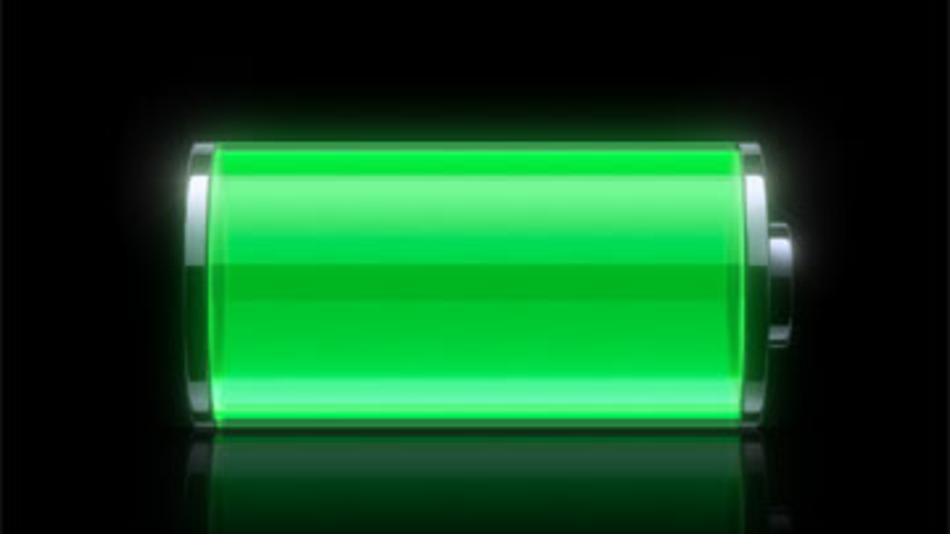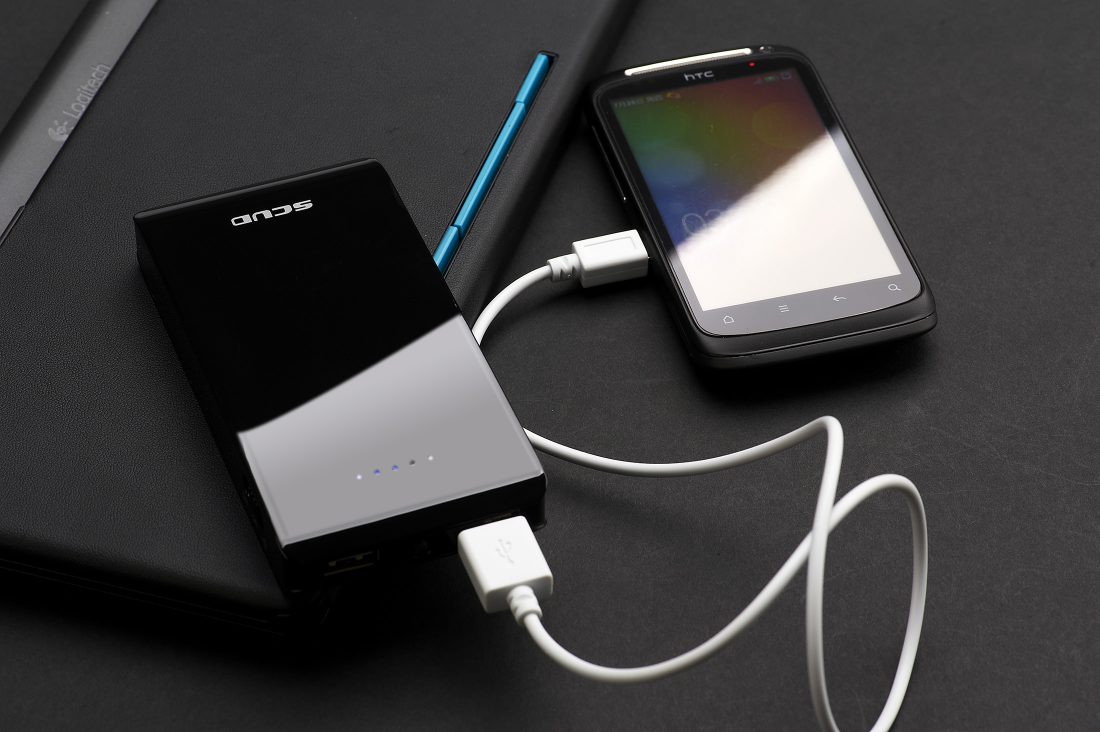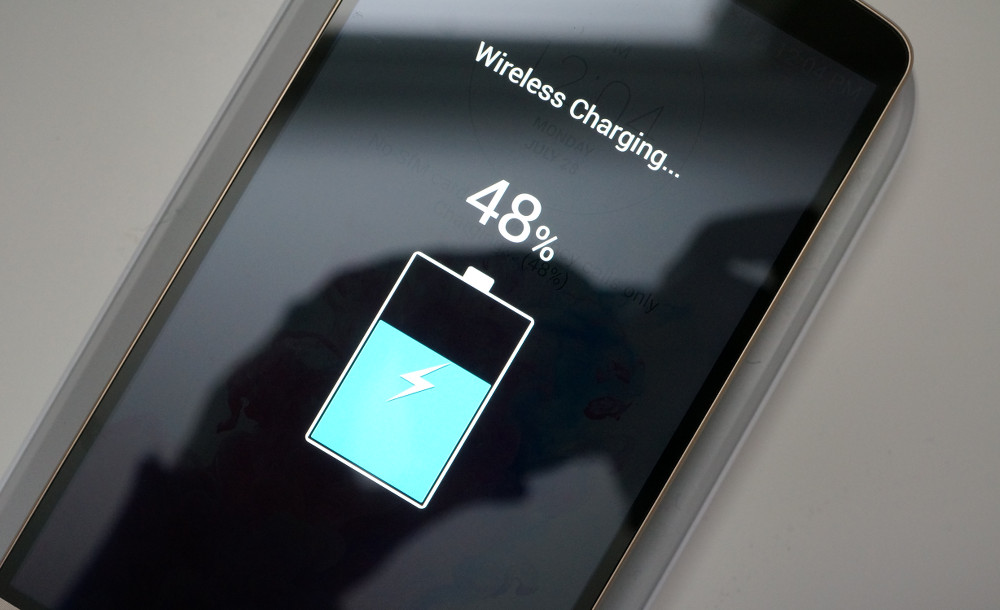Tips to Prolong Smartphone Battery Life Cycle

With an abundance of apps and services available today that require a significant amount of juice to run, we all have at some point of the other felt the pain of our smartphone battery dying on us. Honestly, for all its superpowers of computing, your smartphone is still at the mercy of the Lithium-Ion battery that powers it.
iGyaan today comes to you with tips and tricks to better care of your smartphone’s battery so that you can prolong it’s life, and delay the inevitable.

Power Cycling the Battery
Lithium-Ion batteries run for a limited amount of charge cycles before they start showing signs of deterioration. This process can be slowed down significantly, and battery life prolonged by understanding and using these charge cycles properly.
For optimum use of these limited cycles, partial discharging of the phone is recommended. Complete discharges and full charging of the battery is to be avoided as it puts undue pressure on the Lithium-Ion pack. The Lithium-Ion battery inside your device is a complicated beast to tame, and as such it prefers constant and even charge patterns to irregular ones.
For an average user, trying to discharge the smartphone’s battery down to 40% most times, and then juicing it up back to 80%, before removing the charger is recommended. This habit mixed with a complete discharge once every 30 cycles, or say a month, will ensure a happy battery set to a nice charging pattern.
Lose the Heat

No amount of stressing on this one single point can be enough. Lithium-Ion batteries in your phones have no bigger enemy than heat. It is their Kryptonite. The battery inside your smartphone will degrade at a faster pace if the thermal levels aren’t to its liking. Regardless of it being used or not, if it runs hot, it sees its maker.
So if you love the battery inside your phone enough, try what’s recommended, and keep the phone in cool conditions. Best tip here would be to avoid charging it inside a hot car, or charging/using it when the phone gets too hot. FHor emergency charging situations, car chargers should be avoided, and power banks should rather be used.
Say No to Non- Branded Power Banks and Chargers

Non-Branded chargers and power banks can cause irreparable damage to your smartphone’s battery. Irregular power surges could lead to the device’s battery frying itself in a minute. Even if you’re lucky enough to avoid a disaster like this, using such power banks and chargers to juice your phone could over time lead to the battery prematurely aging, and as a result, starting to malfunction.
Lithium-Ion batteries as stated above prefer continuity, and can malfunction if there are irregularities when it comes to power being fed to them. Cheap car chargers and power banks are notorious for not being able to maintain power flowing through them, and as such should be avoided in any case.
Another quick tip here would be to avoid plugging your phone into any random USB ports for charging. Laptops, wall outlets and branded power banks that promise a constant ampere rating should be used.
Avoid Wireless and Fast Charging

Don’t hate us for this, but avoid Wireless charging as much as possible. This fancy new tech that the race of smartphones has been introduced to is convenient alright, but it also does harm to your Lithium-Ion battery. The inductive, wireless chargers in the market generate waste heat during the charging process. This waste energy also heats your battery in the process causing it to run hot, and degrade at a faster pace.
Fast Charging, on the other hand, does not produce waste heat but instead forces the Lithium-Ion battery to charge in a way that it does not like. These batteries inside your phone like to be fed slow and steady, and any change to that habit upsets them. But having said that, this one’s an extreme measure really. Since fast charging only applies the extra voltage at the start of the cycle which does not last too long this particular nifty charging trick does not end up doing too much damage after all.






















